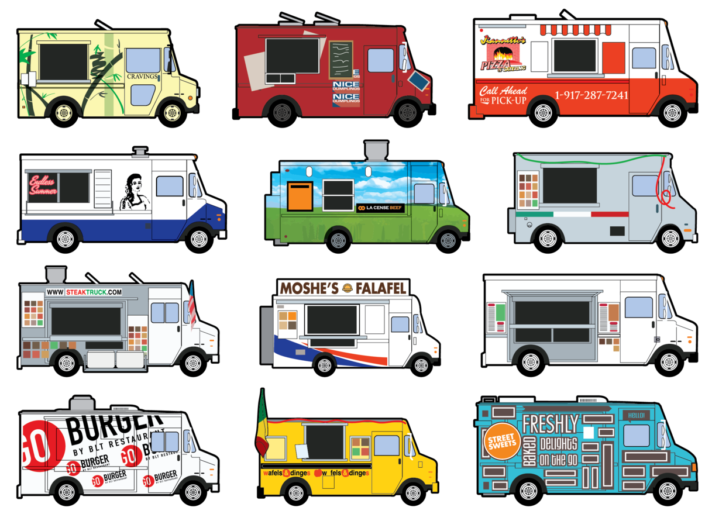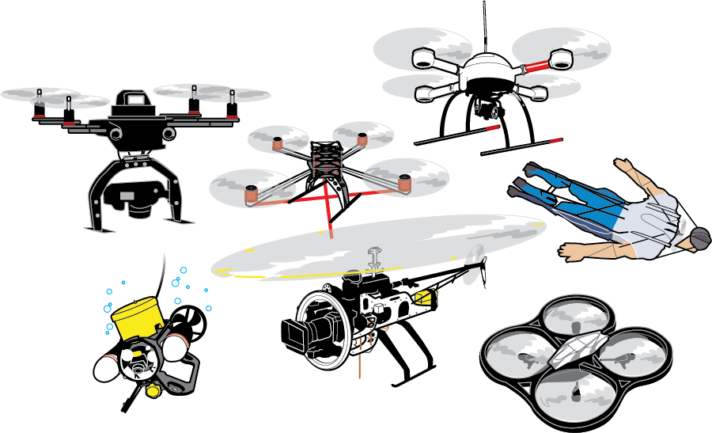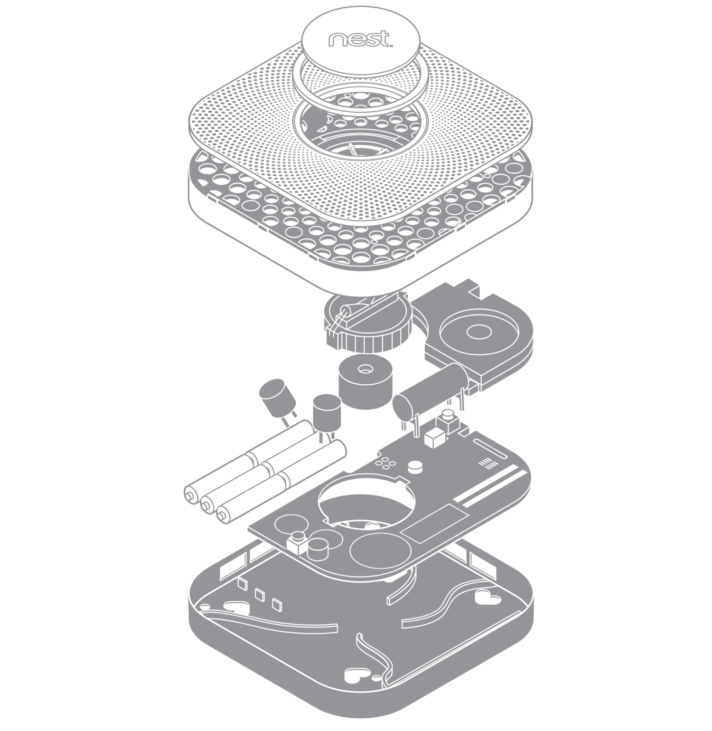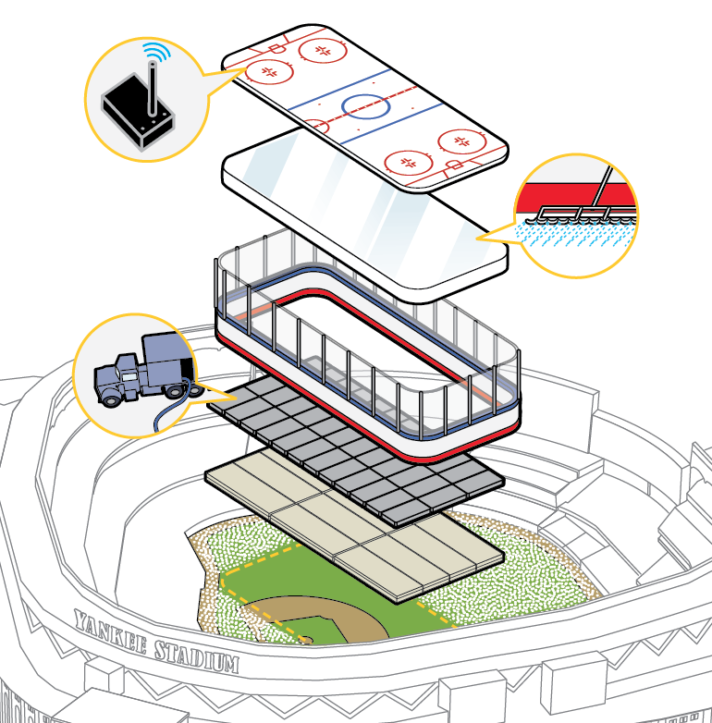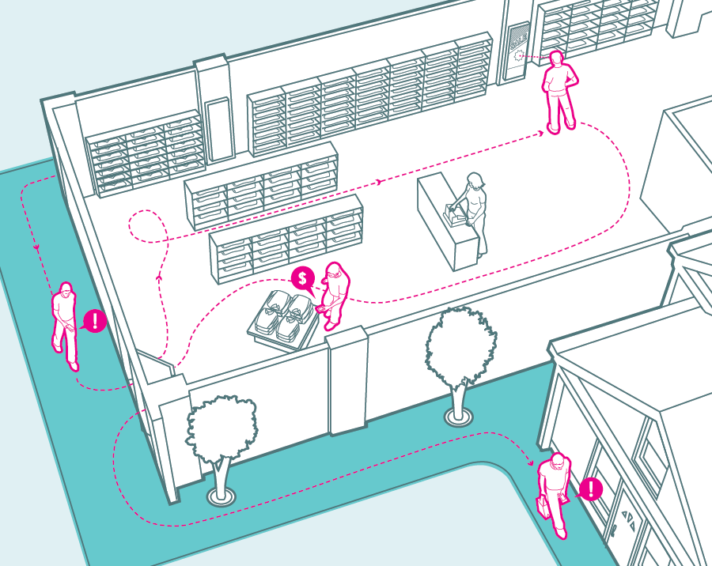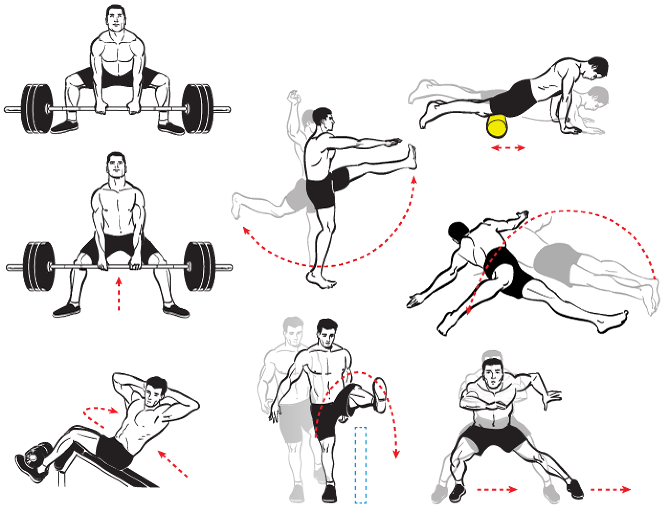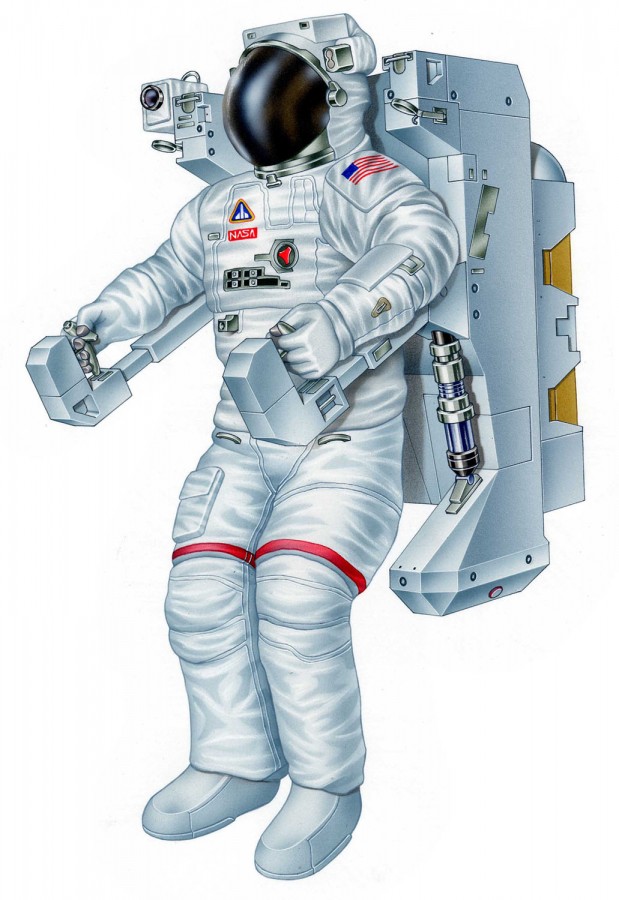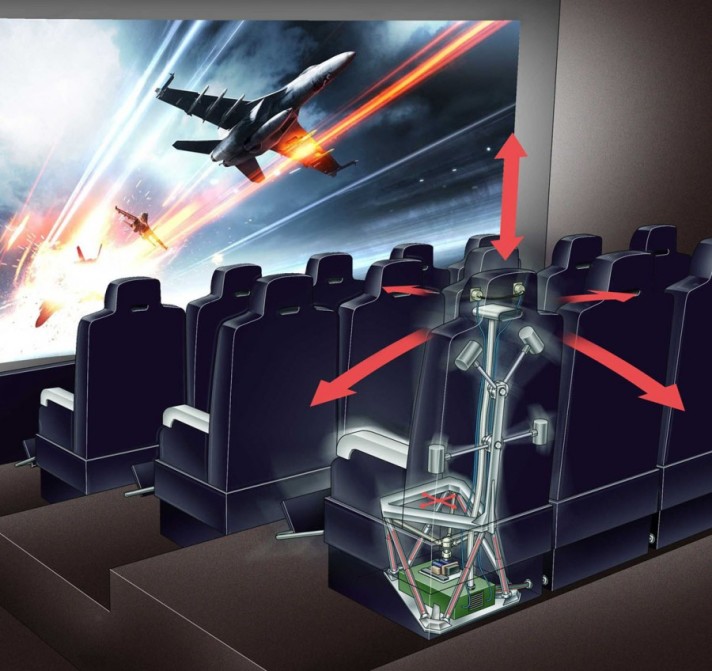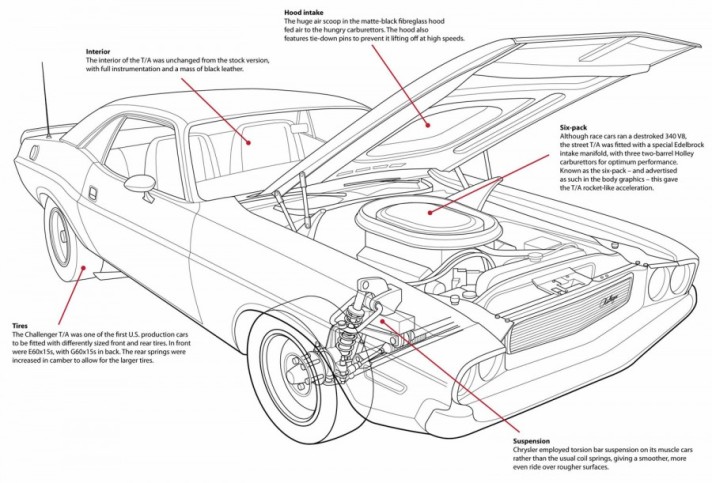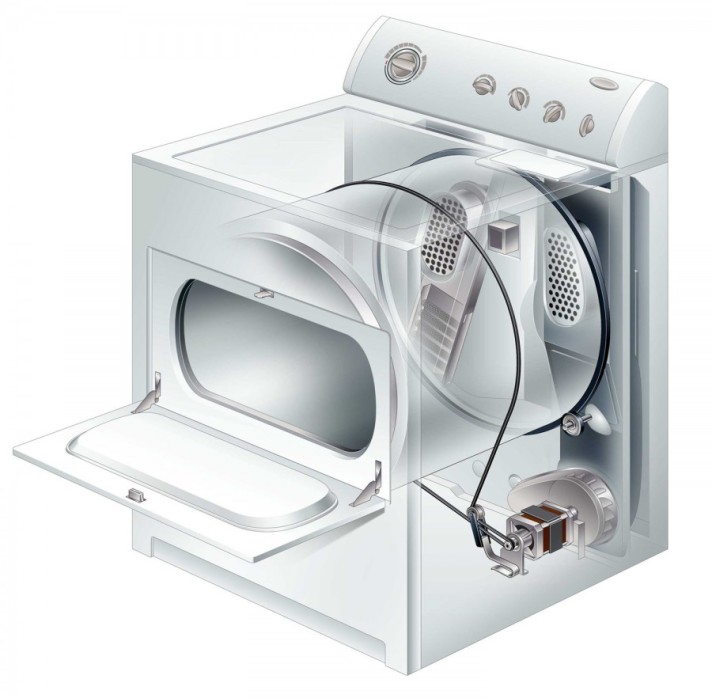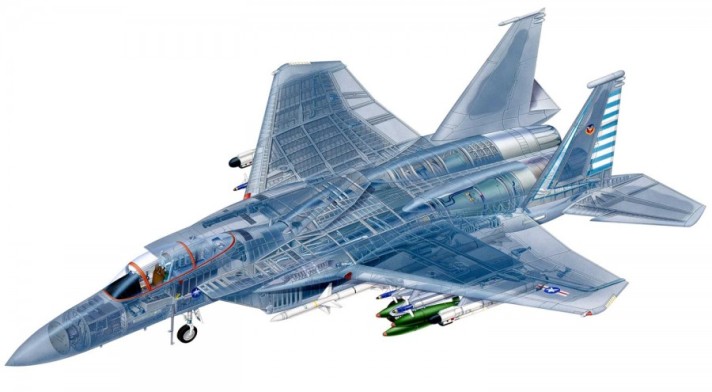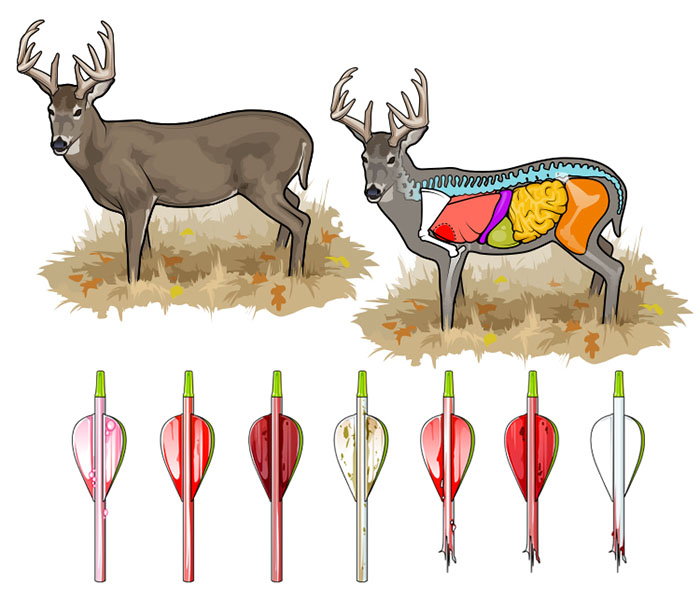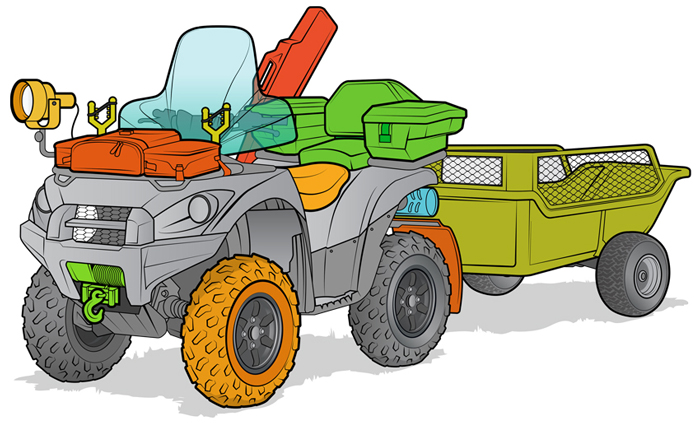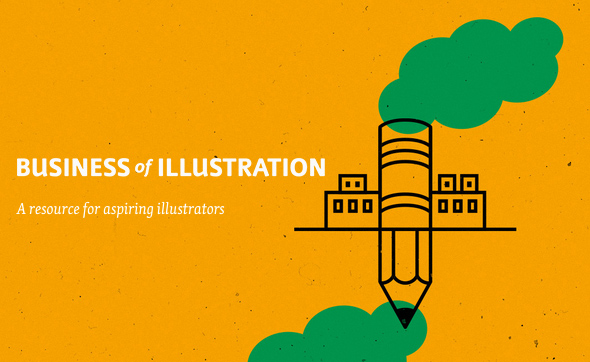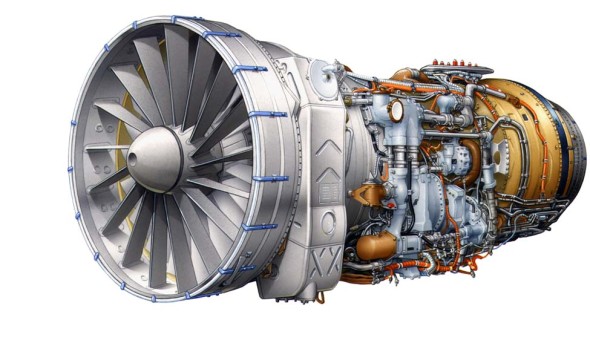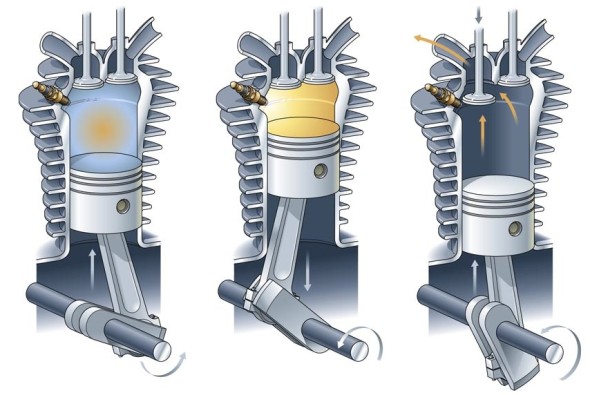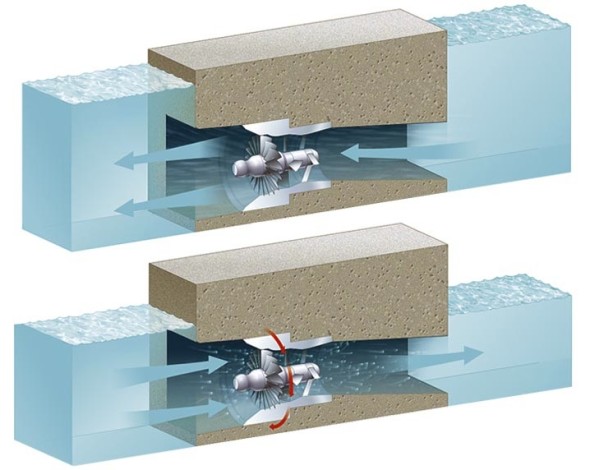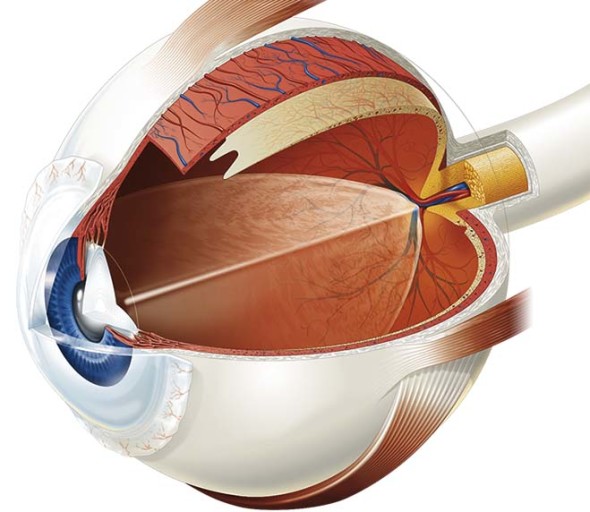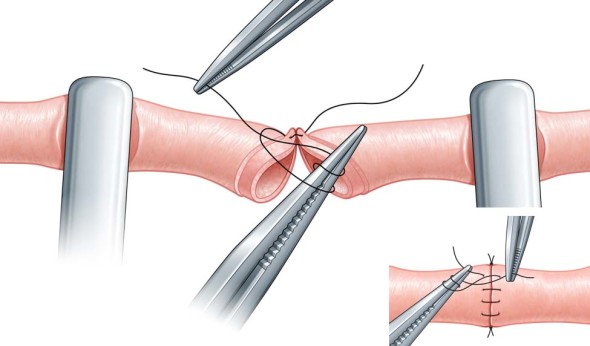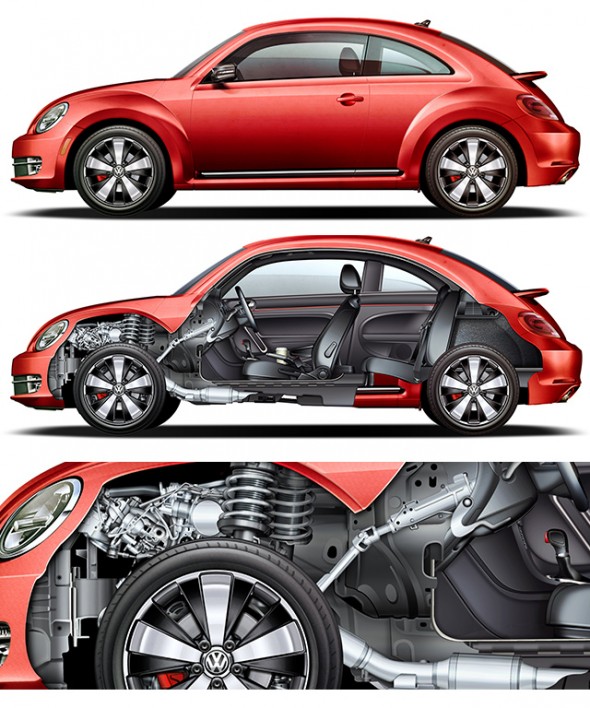Freelance illustrator Remie Geoffroi creates a wide range of work—from portraits, lifestyle, sports and business editorials to infographics, exploded diagrams, instructional illustrations and architectural drawings. What unites it all is his clean, technical use of vector artwork and a mastery of line quality.
It’s probably this combination of versatility and consistency that keeps art directors calling. Remie has worked with clients including AARP, Sports Illustrated, TIME, ESPN, Men’s Health, Martha Stewart Living and Bon Appétit, and advertising clients including American Airlines, Coca-Cola, McDonald’s, Microsoft and Volkswagen.
How did you get started in illustration?
Drawing was all I ever wanted to do. Through high school I took part time jobs at an animation studio, a screen printer’s art department, etc. I went to college for graphic design because I was pretty hazy on what a career as an illustrator would look like. I ended up being hired as a clip art illustrator right out of college, and set out as a freelancer shortly afterwards.
What is a typical day for you as a freelance illustrator?
I regularly work with magazines (Billboard, ESPN, etc.), and occasionally advertising agencies, Sid Lee, DDB, etc. I recently illustrated “Tools of Titans” the new book from Tim Ferriss, and a book for Gold’s Gym, coming out later this year.
I have a shared studio space where I work from, or I’ll sometimes choose to work out of my home office if the weather is bad or my workload is light.
How do you create your illustrations?
I work almost exclusively in Adobe Illustrator. Many of my illustrations that people have assumed are raster (Photoshop) are actually vector. I like the versatility of being able to tweak the lines. I’ve developed a very streamlined, comfortable process for creating vector artwork. I appreciate being able to revisit files years later to harvest and reuse elements.
You work in a range of styles, how do you choose the style for a particular project?
The assignment usually dictates the style. Art directors usually point to one example or another from my site that they’d like to see. Repeat clients don’t usually request a particular style, as they usually trust where I’ll take a particular project.
What challenges have you faced in your career? What opportunities do you see for the future?
Like most freelancers, workflow can ebb from time to time, and those can be nerve-wracking periods. I’ve been fortunate enough to avoid any true work droughts in my 17 years of freelancing.
I’m optimistic new opportunities will continue to appear. App development wasn’t even a thing a few years ago, and it’s become a major place for illustrators to create and find work.
Magazines were supposed to be dead years ago, and yet they continue. That said, I’ve been sad to see a few fall away recently.
Any tips for illustrators starting their careers?
A successful career as a freelance illustrator is built upon relationships. Recognize that you’re building relationships with your clients, primarily art directors. Be ready and willing to accept their criticism and make changes. Be professional and on time with your work. Be courteous and understand that there are many other illustrators out there, so your attitude can be a big factor in who wants to work with you.
